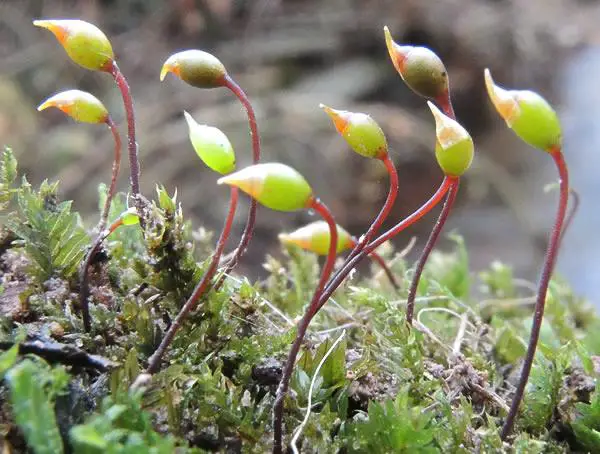
07-12-Cirriphyllum-crassinervum.jpg from: https://www.britishbryologicalsociety.org.uk/bryophyte-of-the-month/cirriphyllum-crassinervium/
Exploring the Fascinating World of Cirriphyllum crassinervium var. longifolium Moss
Introduction
When most people think of plants, they picture towering trees, colorful flowers, or lush ferns. But there’s an entire kingdom of tiny yet captivating plants that often go unnoticed – the mosses. Today, we’ll be diving into the world of one particular moss species: Cirriphyllum crassinervium var. longifolium (Röll) Podp., commonly known as Cirriphyllum moss. This little plant may be small, but it has some big surprises in store!
Background on Mosses
Before we get into the specifics of Cirriphyllum moss, let’s cover some moss basics. Mosses are non-vascular plants in the division Bryophyta. Unlike other plants, they lack true roots, stems, and leaves. Instead, they have root-like rhizoids, stem-like structures called seta, and leaf-like structures called phyllids.
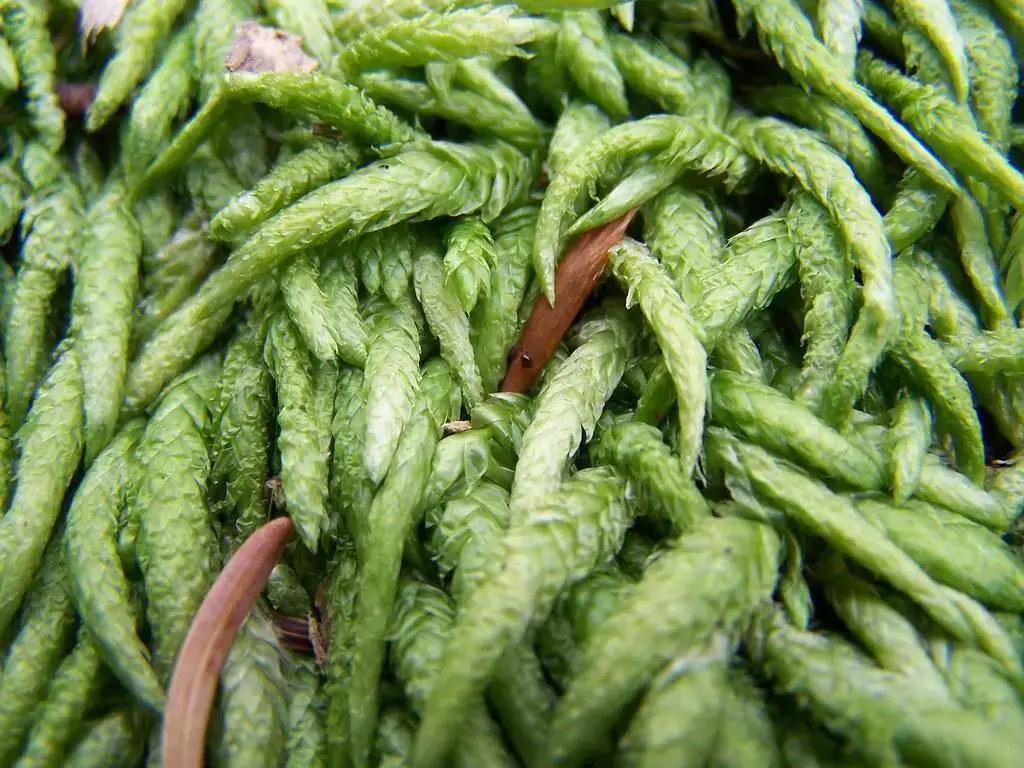
37377179661_2d8f6aefa7_b.jpg from: https://www.flickr.com/photos/43537433@N02/37377179661/
Mosses are found all over the world in a variety of habitats, from arctic tundra to tropical rainforests. They play important ecological roles, helping to retain moisture, prevent erosion, provide shelter for small organisms, and even act as bioindicators of air pollution levels.
Cirriphyllum crassinervium var. longifolium
Now let’s meet our star species – Cirriphyllum crassinervium var. longifolium, a type of moss in the Brachytheciaceae family. The species name “crassinervium” means “thick-nerved”, referring to the prominent midrib on its phyllids. The variety “longifolium” indicates that this particular variety has longer phyllids compared to the main species.
Morphology and Identification
Cirriphyllum moss forms loose mats with a slightly glossy appearance. Its phyllids are ovate to ovate-lanceolate in shape, with an acuminate tip. The midrib is strong, extending 3/4 or more of the phyllid length. Phyllid margins are serrated, especially near the tip.
Identifying Cirriphyllum crassinervium var. longifolium requires microscopic examination. Look for the following key characteristics:
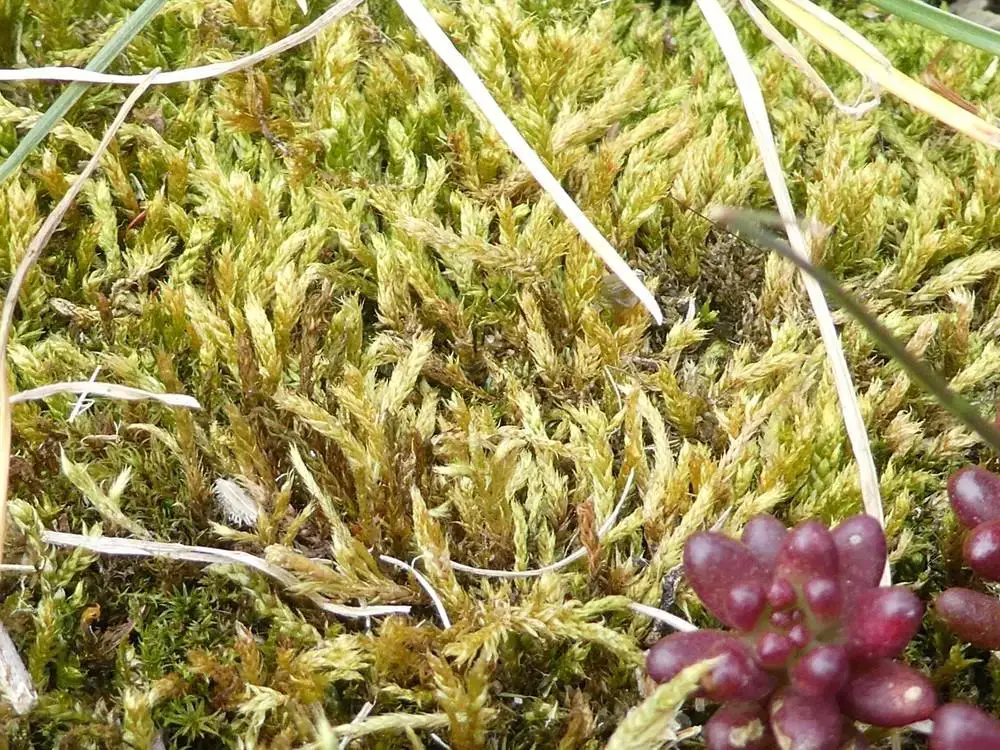
47474991.jpg from: https://waarneming.nl/photos/47474991/
- Thick-walled, porose basal laminal cells
- Alar cells not differentiated
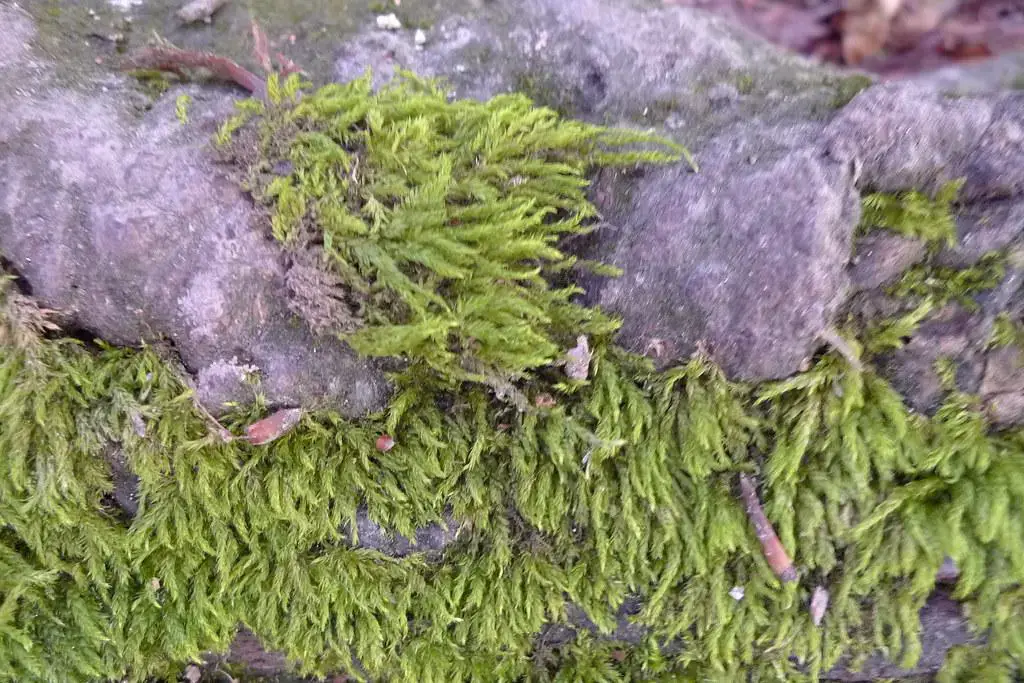
47670579622_bbd03dee73_b.jpg from: https://www.flickr.com/photos/146111897@N05/47670579622/
- Rough seta
- Asymmetric capsules
Global Distribution and Habitat
Cirriphyllum crassinervium var. longifolium has a widespread distribution across Europe, Asia, and North America. It grows on soil, rocks, tree bases, and decaying wood in forests and woodlands. This moss prefers shaded, moist environments.
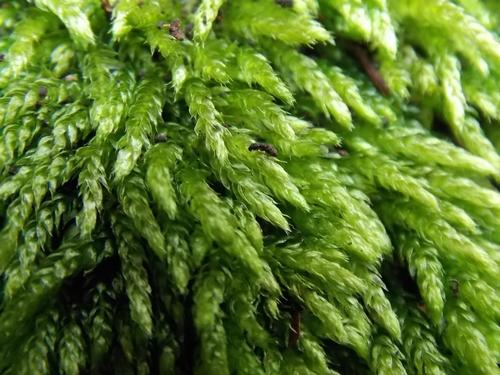
medium.jpeg from: https://www.naturalista.mx/taxa/917746-Cirriphyllum-crassinervium

120px-Cirriphyllum_crassinervium_(a%2C_143924-475443)_6295.JPG from: https://commons.wikimedia.org/wiki/File:Cirriphyllum_crassinervium_(a,_143924-475443)_6295.JPG
Some countries/regions where Cirriphyllum moss has been recorded include:

120px-Cirriphyllum_crassinervium_(a%2C_143924-475443)_6412.JPG from: https://commons.wikimedia.org/wiki/File:Cirriphyllum_crassinervium_(a,_143924-475443)_6412.JPG
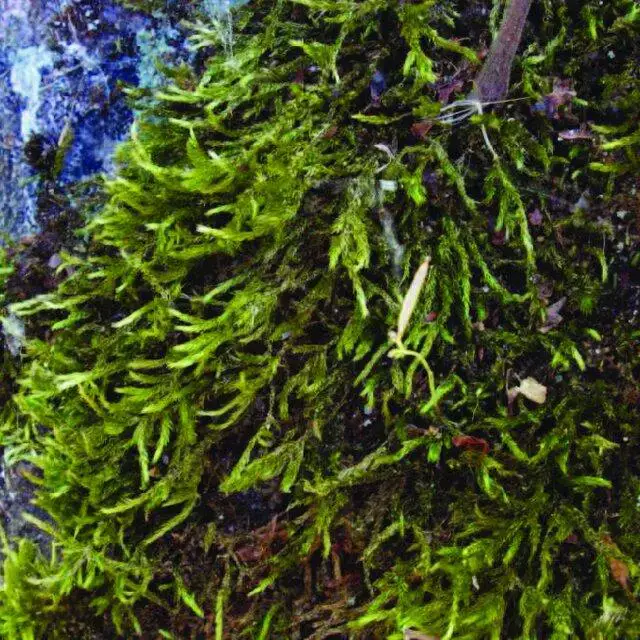
Figuur-6-bossig-spitsmos-Cirriphyllum-crassinervium-op-de-Romeinse-muren_Q640.jpg from: https://www.researchgate.net/figure/Figuur-6-bossig-spitsmos-Cirriphyllum-crassinervium-op-de-Romeinse-muren_fig1_321997445
| Continent | Countries/Regions |
|---|---|
| Europe | Austria, Czech Republic, Germany, Romania, Russia, Slovakia, Switzerland |
| Asia | China, Japan, Korea, Taiwan |
| North America | Canada, USA (Alaska, Oregon, Washington) |
Ecological Roles and Adaptations
Like other mosses, Cirriphyllum plays several important roles in its ecosystem:
- Moisture retention: Moss mats help to trap and hold moisture, reducing evaporation from the soil.
- Erosion control: The dense network of rhizoids anchors the moss to its substrate, stabilizing the soil and preventing erosion.
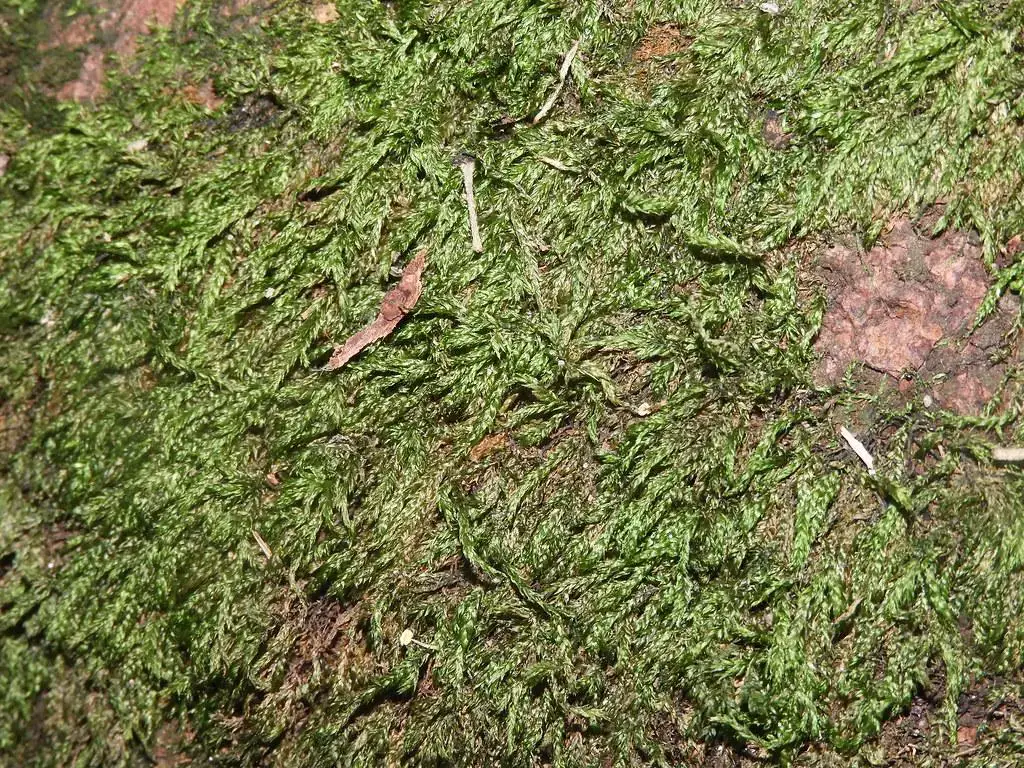
26241875759_b3817ebe82_b.jpg from: https://www.flickr.com/photos/131264599@N05/26241875759/
- Habitat provision: Tiny invertebrates like tardigrades, nematodes, and springtails make their homes among the moss phyllids.
Cirriphyllum has several adaptations that allow it to thrive in its preferred forest habitats:
- Shade tolerance: This moss can photosynthesize efficiently even in low light conditions under the forest canopy.
- Poikilohydry: Like all mosses, Cirriphyllum can tolerate drying out and then rehydrate when moisture is available again.
- Asexual reproduction: In addition to sexual reproduction via spores, Cirriphyllum can also spread asexually through fragmentation. Broken-off phyllids can regenerate into new moss plants.
Conclusion
Cirriphyllum crassinervium var. longifolium may be a tiny moss, but it has an outsized importance in its forest ecosystems. From water and soil conservation to providing microhabitats, this unassuming plant plays a vital role.
Next time you’re out for a walk in the woods, take a moment to appreciate the little things – like the exquisite detail of a Cirriphyllum moss mat. What other small wonders are waiting to be discovered in the world around us?
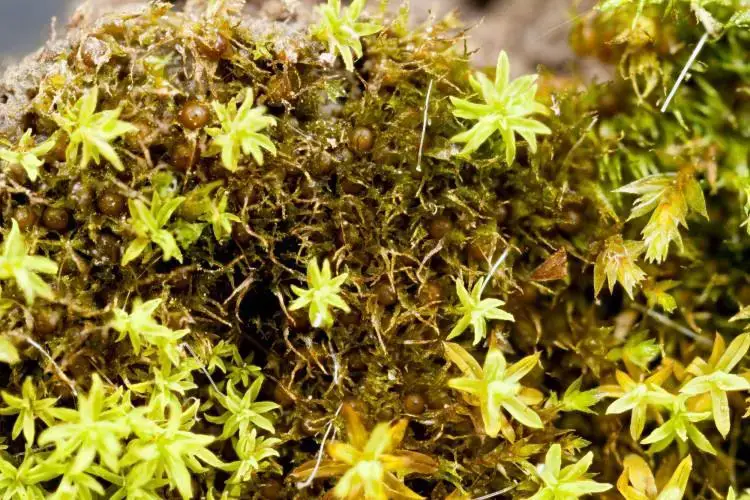
Ephemerum-crassinerveum1-750×500.jpg from: https://ohiomosslichen.org/moss-ephemerum-crassinervium/